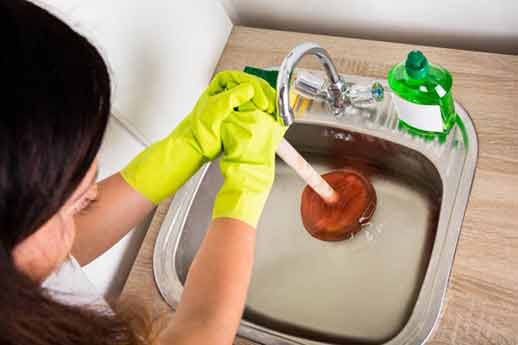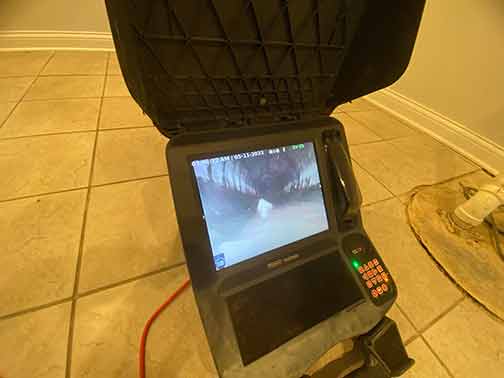
Ah, the joys of homeownership. The freedom to paint your walls whatever ghastly color you want, the endless yard work, and of course, the satisfaction of dealing with clogged and slow drains. Yes, nothing screams “adulting” like plunging a toilet or fishing out hair from the shower drain. But what happens when the clogs just won’t go away? Before you break out the heavy-duty chemicals or call your uncle who thinks he’s a DIY extraordinaire, it might be time to check your sewer line.
What Causes Clogged and Slow Drains?
Before we dive into the sewer line discussion, let’s get to the root of the problem. What causes clogged and slow drains in the first place? The answer is simple – gunk and debris that accumulate over time and obstruct the flow of water. This can happen in any drain, whether it’s your kitchen sink, bathtub, or toilet. In the kitchen, grease and food scraps are common culprits, while in the bathroom, hair and soap scum reign supreme.
If you’re dealing with a single clogged drain, there are a variety of DIY solutions you can try, such as using a plunger or drain snake. However, if you notice that multiple drains in your home are slow or backed up, it’s a sign that the issue is deeper than just one drain.
The Role of Your Sewer Line
Your home’s sewer line is responsible for carrying all wastewater from your home to the sewage treatment plant or septic system. It’s buried underground and connects to all of your home’s plumbing fixtures. Over time, a buildup of gunk and debris can accumulate in the sewer line, causing clogs and obstructions that prevent proper flow.
A damaged sewer line can also lead to issues, such as leaks or tree roots growing into the pipes and causing damage. If left unchecked, these issues can lead to more serious and costly problems, such as sewage backups and flooding. That’s why it’s important to proactively check your sewer line if you notice persistent issues with your drains.

A professional plumber will insert the camera into a cleanout, which is an access point to the sewer line located either inside or outside your home.
How to Check Your Sewer Line
So, how do you check your sewer line? Unless you’re a professional plumber, it’s not something you can just do on a whim. You’ll need specialized equipment, such as a sewer camera, to inspect the inside of the pipes. A professional plumber will insert the camera into a cleanout, which is an access point to the sewer line located either inside or outside your home.
The camera will allow the plumber to see the condition of the pipes and identify any obstructions or damage. Depending on the severity of the issue, the plumber may recommend a variety of solutions, such as hydro jetting service to remove clogs or sewer line repair or replacement.
When to Call a Professional
If you’ve tried DIY solutions and are still dealing with persistent clogs and slow drains, it’s time to call in the professionals. While it may be tempting to keep trying DIY fixes or ignore the issue altogether, doing so can lead to more serious and costly problems down the line.
A professional plumber will have the equipment and expertise necessary to identify and fix the issue quickly and efficiently. They can also perform routine maintenance and camera inspections in your sewer line to prevent future issues from cropping up.
The Bottom Line
Clogged and slow drains are a common issue for homeowners, but they’re not something to take lightly. If you’re dealing with persistent drain issues, it might be time to check your sewer line. A damaged or obstructed sewer line can lead to serious and costly issues, such as sewage backups and basement flooding emergencies. Don’t try to tackle the issue on your own – call in a local plumber to identify and fix the issue once and for all.
Remember – a little bit of prevention goes a long way. Routine maintenance and inspections can help prevent clogs and obstructions before they become a bigger headache. So, grab a plunger (or better yet, call a pro) and get to unclogging those drains!